I went back to the same graduation dahongpao yesterday to try it again, since the last session was really not all that inspiring. I wondered what brewing it in a single person pot at home would be like, versus a much larger pot for multiple people. So, I opened up the bag that The Mandarin carefully sealed for me (thanks!) and took some leaves out.
Normally speaking I think the optimal ratio for yancha is about 3/4 full of dry leaves. In other words, for the empty vessel the leaves should fill about 3/4 of the space, after shaking and settling. Less, and the result is often somewhat insipid and the true essence of yancha doesn’t show up. For this purpose, a flatter pot is generally preferred for ease of pouring in the leaves, if nothing else.
I was tempted to say that the colour of the tea coming out is darker, but I don’t think that’s actually true. For one, I fill my cup with a whole pot of tea, since the pot is small. Because the cup is relatively tall, teas often appear darker here. When I was in New York the cups we used were the tiny ones that held about two sips. They are really not that comparable. Colour, in fact, is one of the most useless indicators of quality of tea, because it is affected by so many different variables, from the type of water used to the shape of the cup. There are exceptions to this rule, such as the hue of the tea, which could tell you certain things about stored, aged teas, but that doesn’t apply here.
Many infusions later
The tea seems thicker this time around, and not as thin. My water probably has a lot to do with that. It also seems to have more complexity, owing to the same issue of water source. I am also a believer that smaller pots always beat larger pots in terms of the quality of the brew – it is both easier to control and also, if you believe in such things, retains the qi of the tea better. One of the Qing period tracts I’ve read talks about how the optimal size is really a one person pot, and everyone should bring their own to a gathering. There’s some truth to that, I believe.
The most startling thing about this tasting though is the colour of the wet leaves.
They somehow seem a shade darker than when I brewed them in New York. This is pretty much impossible, I think, but nevertheless it seems that way. Perhaps it’s because the leaves haven’t unfurled as much as they did in New York, owing to the smallness of the pot, and therefore lending more credence to the theory that there’s something that changes from large to small pot. I’m not sure. You can see though that the leaves are actually not very heavily roasted — many are still a dark olive green, rather than brown or even black.
Contrary to the colour of the liquor, the appearance of wet leaves tell you all sorts of information about the tea itself, and to this day I see very few vendors showing wet leaves consistently. Reading tea leaves is actually possible, and can be highly valuable as a skill in buying teas online.

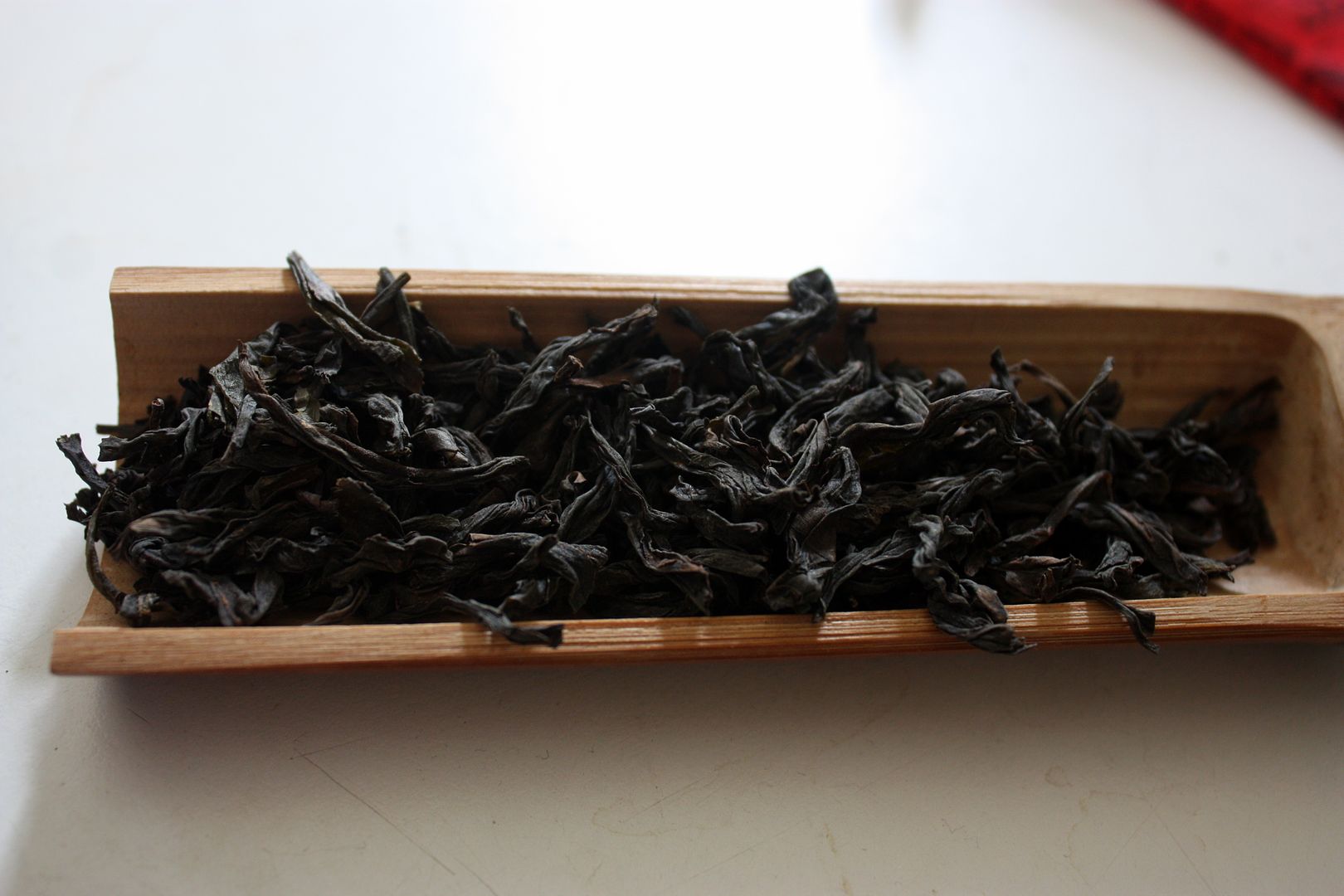
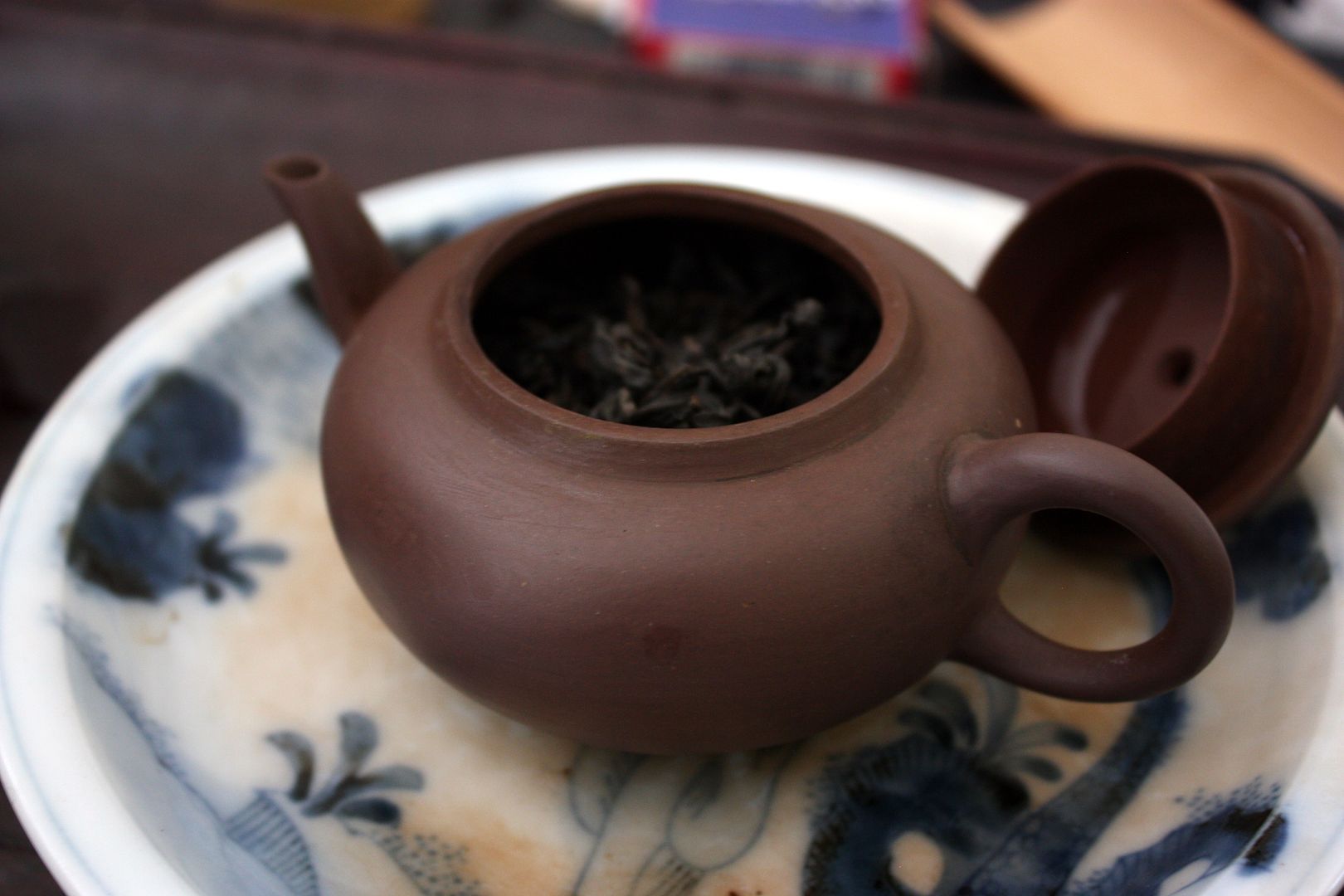
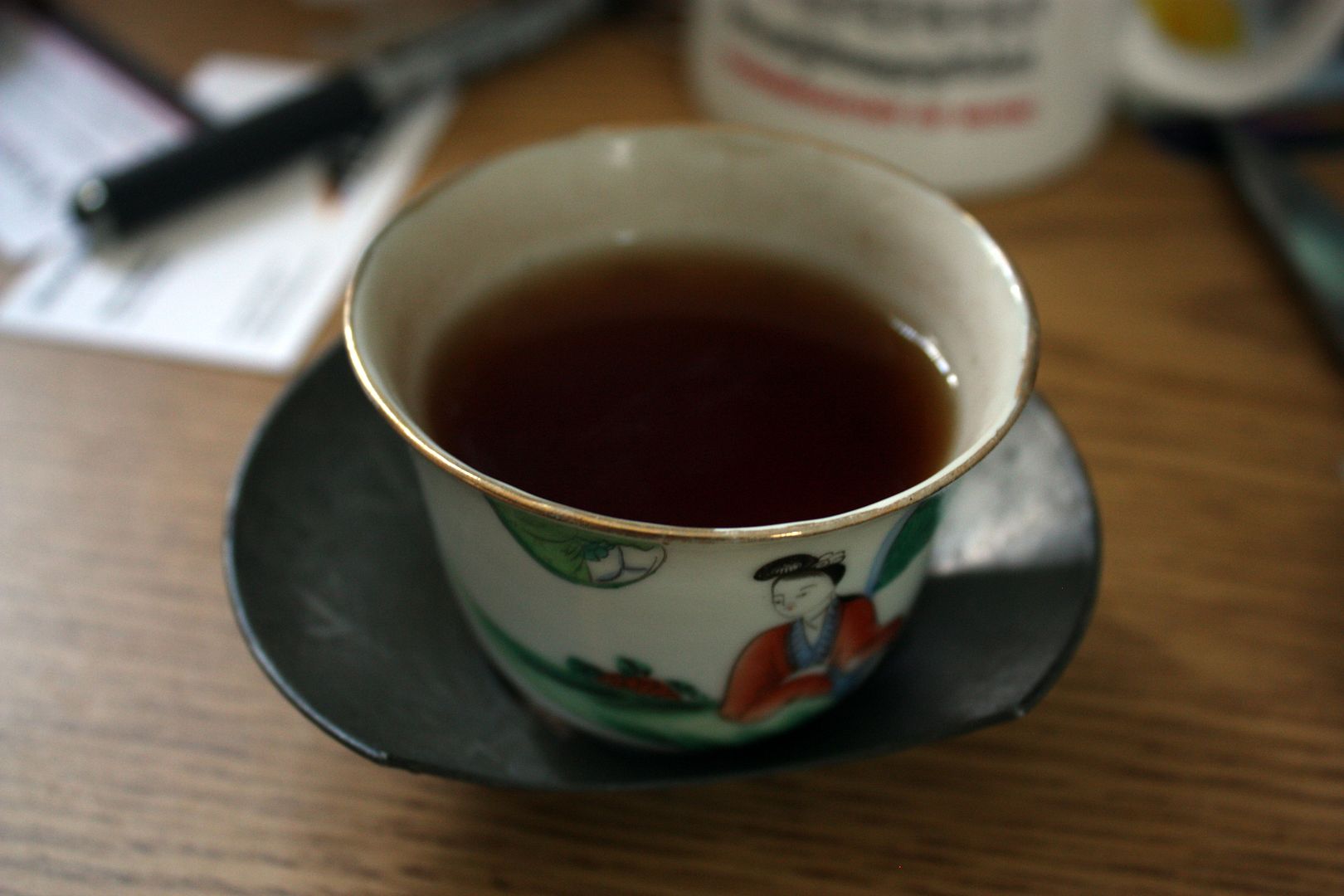
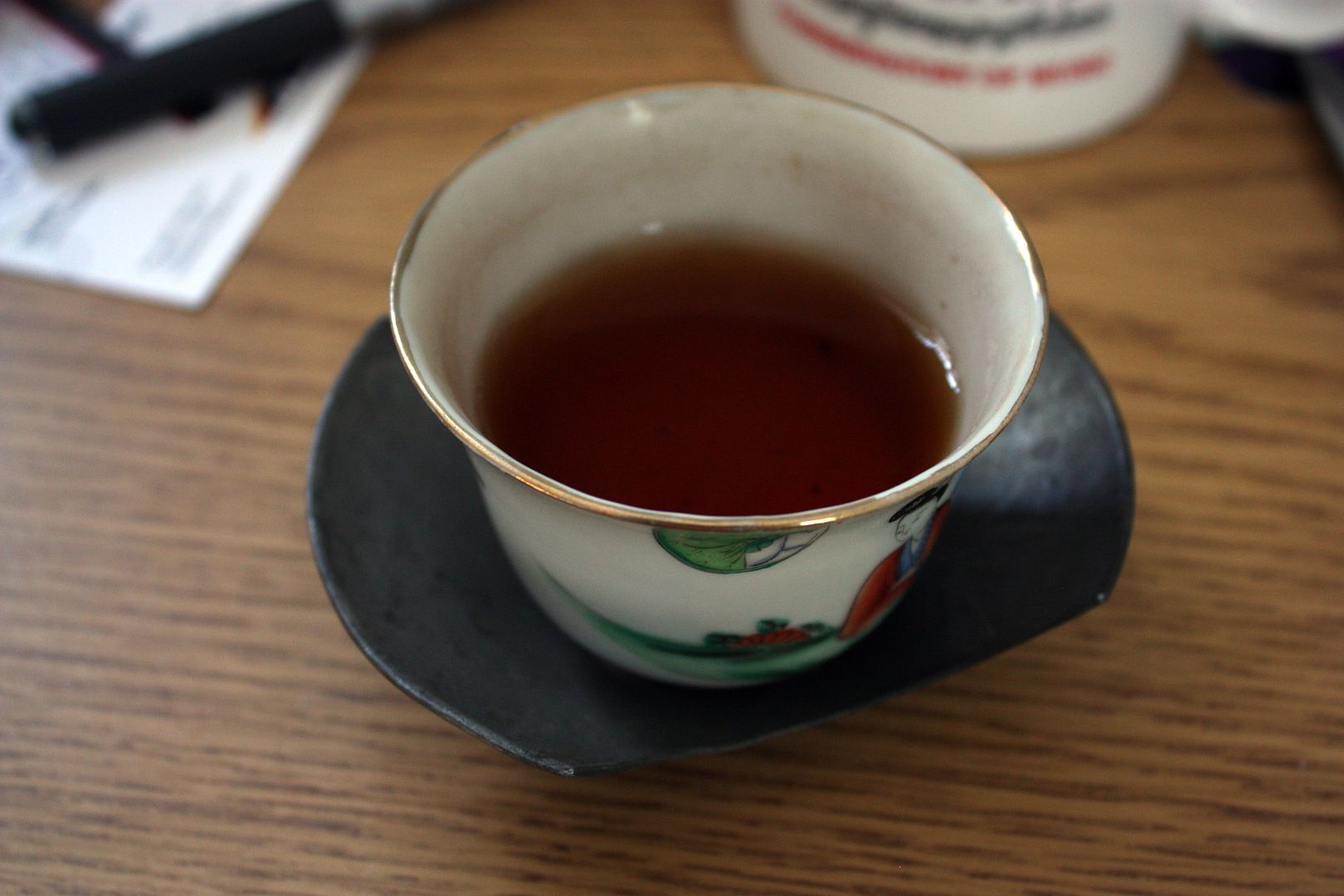
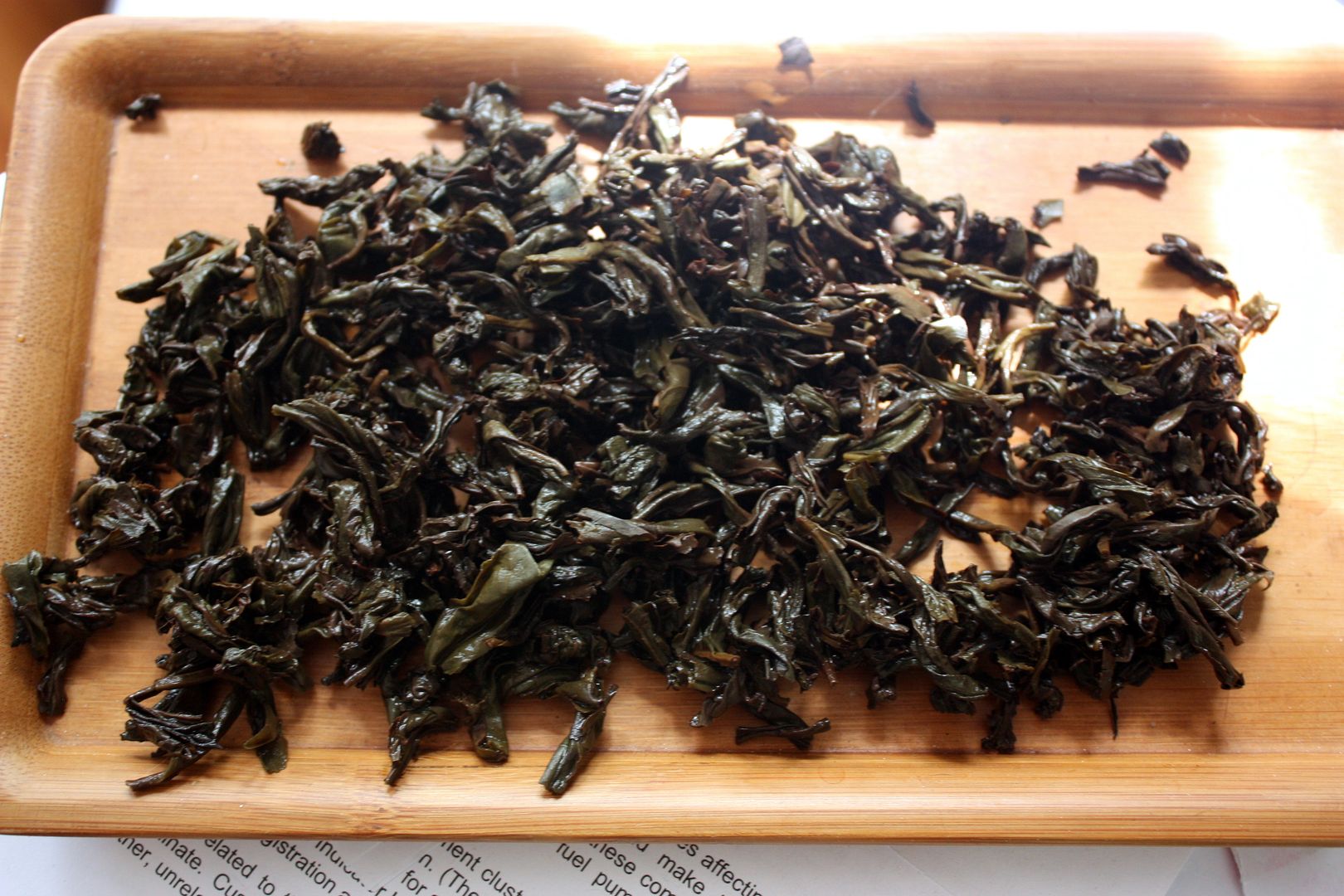
 RSS - Posts
RSS - Posts
1 response so far ↓
Nicolas // June 8, 2011 at 2:24 am |
“One of the Qing period tracts I’ve read talks about how the optimal size is really a one person pot, and everyone should bring their own to a gathering. There’s some truth to that, I believe.”
-> I am OK. For exemple I have less pleasure to brew in a 30cl pot. And brew in a 5cl pot make me laughing.
“Reading tea leaves is actually possible, and can be highly valuable as a skill in buying teas online.”
-> I am OK too. It’s possible to see if the leaves are alive or not. And it’s possible to see when they have given all.
Amicalement
Nicolas